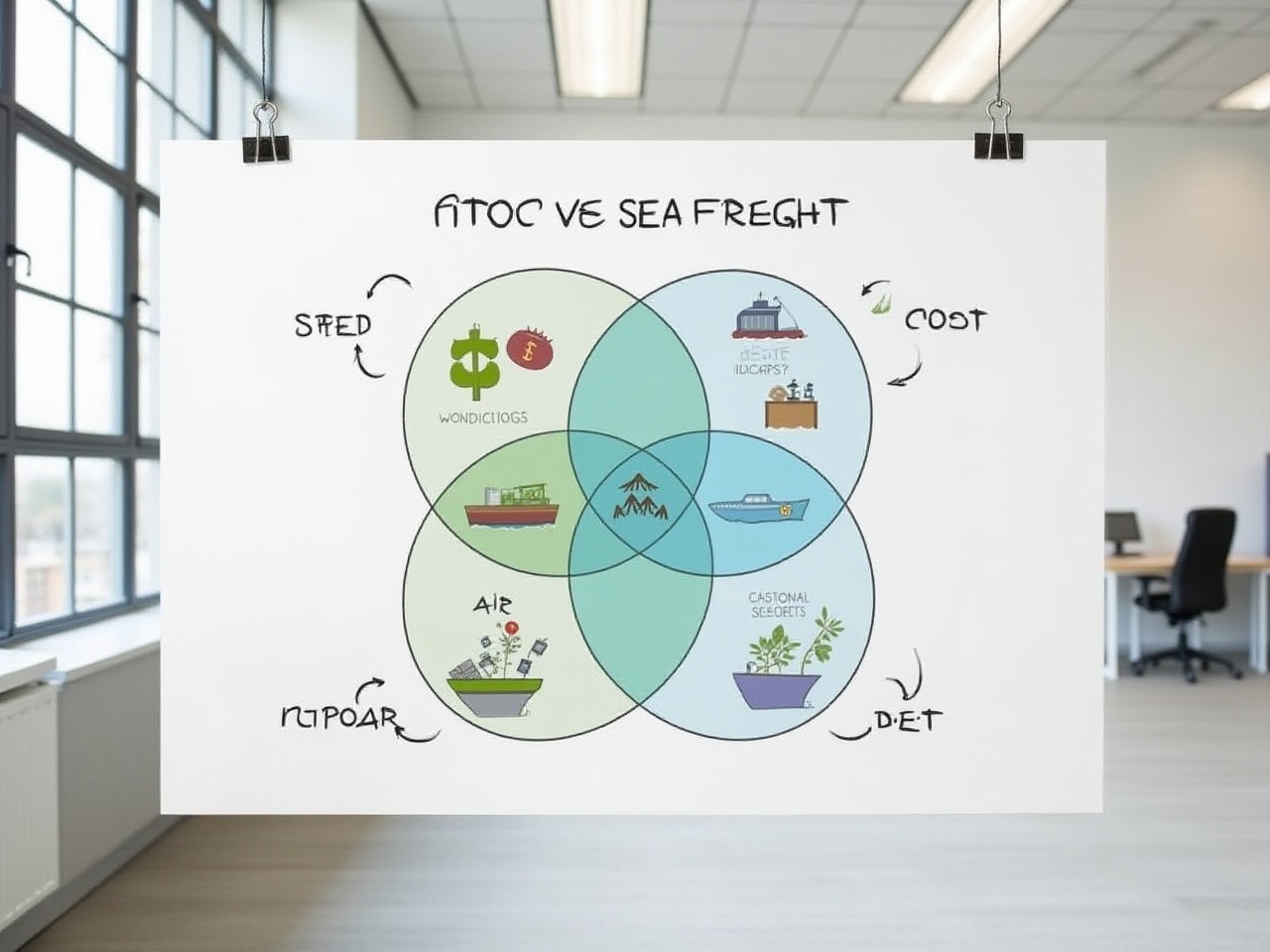Making the Right Choice for International Shipping
When it comes to shipping goods across borders, businesses face a fundamental question: should they opt for air or sea freight? This decision, seemingly straightforward, carries significant weight in a world where speed, cost, and customer expectations soar higher than ever. As we stride into 2025, understanding the nuances between these two shipping methods becomes paramount for any business looking to thrive.
Air Freight: The Speedy Option
Air freight serves a unique role in the global supply chain. It’s particularly suited for shipments that are light or high in value. Industries that rely on quick turnaround times to stay competitive often favor air transport. Here are some scenarios where air freight shines:
- When the items being shipped are valuable 或 time-sensitive.
- If there’s a need for secure and temperature-controlled conditions.
- When customer expectations demand swift delivery.
Sure, air shipping comes at a premium, but sometimes the investment pays off, enabling businesses to meet urgent deadlines and ensure customer satisfaction. Given the international push toward speedier delivery, understanding how air logistics can align with your business model is increasingly vital.
When to Choose Sea Freight
On the flip side, sea freight provides reliable options for businesses that can afford to wait a bit longer. Here are some prime instances where sea freight might be the better pick:
- Shipping large or heavy items, like 家具 or heavy machinery.
- When time is flexible and cost concerns are paramount.
- For non-perishable goods that require a more economical transportation method.
- For firms planning regular shipments of significant volumes.
Sea freight appeals to businesses eager to save on logistics costs while transporting large quantities. It’s a solid choice for cost-conscious companies, making it essential to weigh these options based on individual business needs.
Comparative Analysis of Air and Sea Freight
Benefits and Drawbacks
| Method | Pros | Cons |
|---|---|---|
| 空运 |
|
|
| 海运 |
|
|
最终想法
Ultimately, the best choice between air and sea freight hinges on various factors including the nature of the shipment, urgency of delivery, and budget constraints. Bear in mind, there’s no one-size-fits-all approach, as both methods serve distinct purposes in the vast shipper landscape. To keep operations running smoothly, many businesses harness a blend of both air and sea freight, adapting to customer demands and logistical challenges as they arise.
Sifting through information and determining how to navigate logistics can be tricky, but it doesn’t have to be. GetTransport.com stands ready as a trusted partner, offering tailored solutions that cater to all your transportation needs—whether it’s air freight services or sea freight forwarding. Embrace the ideal method for your shipments, and let GetTransport.com help in managing logistics effectively.
The Takeaway: Navigating Logistics in 2025
Venturing into 2025, the landscape of logistics emphasizes swift and cost-effective solutions. The selection between air and sea freight can profoundly shape a business’s operational efficiency and customer satisfaction. It’s essential to arm yourself with knowledge of each method’s strengths and weaknesses to ensure that every shipment aligns with your strategic goals.
Remember, while reviews and feedback offer insight, nothing beats the value of personal experience. At GetTransport.com, you can find competitive prices for cargo transport crafted to meet diverse needs—from household moves to essential freight shipments. By leveraging GetTransport.com, businesses can make informed decisions without succumbing to hidden costs or disappointments. This platform embodies transparency and convenience, setting it apart in the logistics world. So why not explore the vast offerings and make logistics a breeze? Book your ride on GetTransport.com for an exceptional transportation experience.

